Content Menu
● Understanding Swimwear Materials
>> Polyester
>> Nylon
>> Spandex (Elastane)
● The Evolution of Competitive Swimwear
● Choosing the Right Material
● Popular Blends in Competitive Swimwear
● Performance Factors Influenced by Material
>> Drag Reduction
>> Compression
>> Buoyancy
● Maintenance Tips for Competitive Swimwear
● Innovations in Swimwear Technology
● Conclusion
● Frequently Asked Questions
>> 1. What is the most durable material for competitive swimwear?
>> 2. Can I use spandex swimsuits for competitive swimming?
>> 3. How often should I replace my competitive swimsuit?
>> 4. What should I look for in a training swimsuit?
>> 5. Are there eco-friendly options available?
● Citations:
Competitive swimming demands a unique blend of performance, durability, and comfort in swimwear. The choice of material can significantly impact a swimmer's speed, buoyancy, and overall experience in the water. This article explores the best materials for competitive swimwear, focusing on their properties, advantages, and disadvantages.
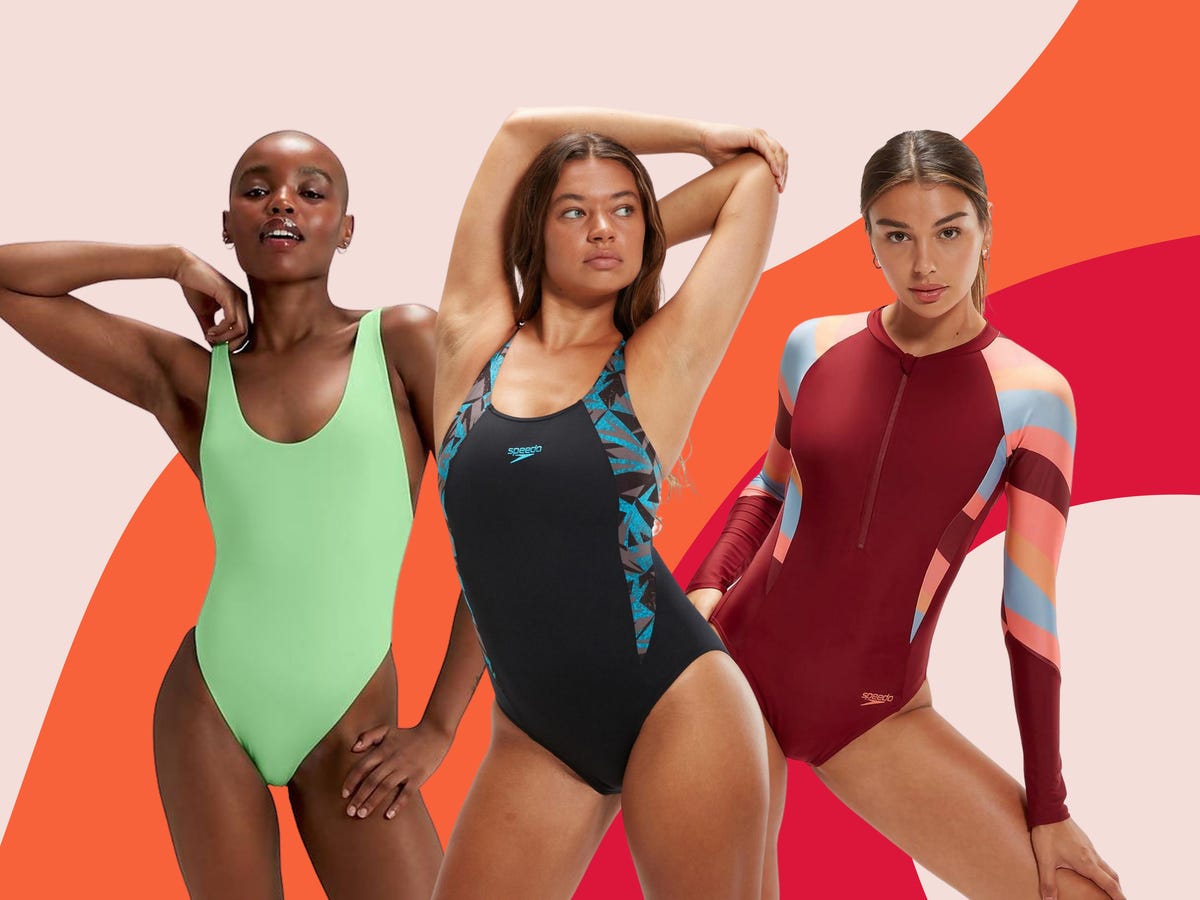
Understanding Swimwear Materials
Swimwear materials primarily fall into three categories: polyester, nylon, and spandex (elastane). Each material has distinct characteristics that cater to different swimming needs.
Polyester
Polyester has emerged as a leading choice for competitive swimwear due to its durability and resistance to chlorine and UV rays.
- Advantages:
- Durability: Polyester swimsuits can withstand extensive use without losing their shape or color.
- Chlorine Resistance: This material is highly resistant to chlorine, making it ideal for frequent pool use.
- UV Protection: Polyester provides excellent protection against harmful UV rays.
- Quick Drying: It dries faster than many other materials, which is beneficial for competitive swimmers who need to change suits frequently.
- Disadvantages:
- Less Stretch: Compared to spandex, polyester has less elasticity, which may affect comfort.
- Initial Cost: While durable, high-quality polyester suits can be more expensive upfront.
Nylon
Nylon is another popular fabric for swimwear, particularly in training suits.
- Advantages:
- Comfort: Nylon is soft and smooth against the skin, providing a comfortable fit.
- Quick Drying: Like polyester, nylon dries quickly, making it suitable for active swimmers.
- Lightweight: This material is generally lighter than polyester, enhancing comfort during swims.
- Disadvantages:
- Chlorine Sensitivity: Nylon does not hold up as well against chlorine as polyester does, leading to quicker degradation.
- Fading: Prolonged exposure to sunlight can cause nylon fabrics to fade over time.
Spandex (Elastane)
Spandex is often blended with other materials to enhance stretch and fit.
- Advantages:
- High Elasticity: Spandex provides excellent stretch, allowing for a snug fit that enhances hydrodynamics.
- Comfortable Fit: It conforms well to the body, reducing drag in the water.
- Disadvantages:
- Chlorine Degradation: Spandex is not as resistant to chlorine as polyester; thus, it requires careful maintenance.
- Less Durable: Compared to polyester and nylon alone, spandex blends may wear out faster.
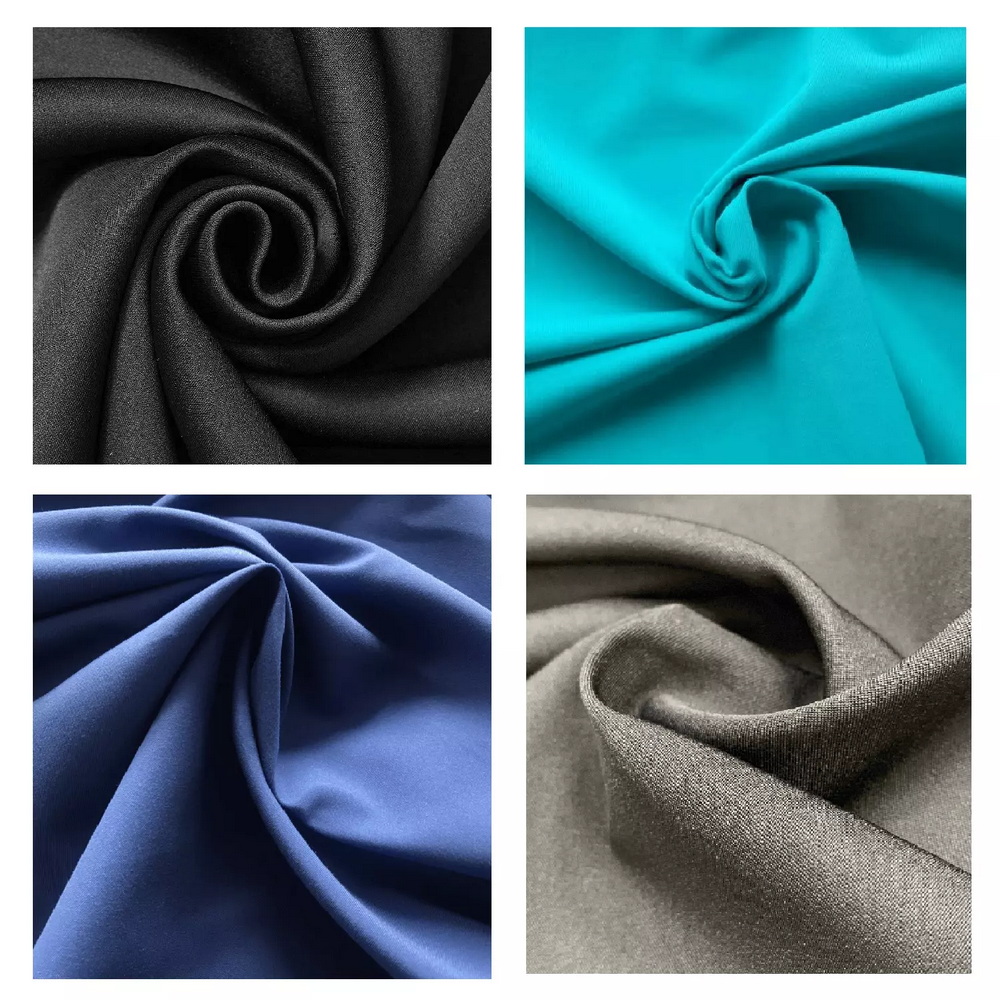
The Evolution of Competitive Swimwear
The design and materials used in competitive swimwear have evolved significantly over the years. Early swimsuits were made from wool and cotton, which were heavy and absorbed water. The introduction of synthetic fibers like nylon and polyester revolutionized swimwear by providing lighter options that dried quickly and offered better performance.
In the early 2000s, advancements in technology led to the development of high-tech suits designed for maximum performance. These suits often feature:
- Hydrophobic finishes that repel water
- Ultrasonically welded seams for reduced drag
- Compression fabrics that support muscle performance
One notable example is the Speedo LZR Racer suit used during the Beijing Olympics in 2008. This suit combined nylon with elastane and polyurethane to create a lightweight yet highly compressive garment that significantly reduced drag. However, due to concerns about "tech doping," many of these advanced materials have been banned or restricted by governing bodies like FINA since then.
Choosing the Right Material
When selecting a swimsuit for competition or training, consider the following factors:
- Frequency of Use: If you swim daily or multiple times a week, prioritize durability (polyester).
- Type of Swimming: For competitive racing where speed is crucial, look for suits with high spandex content for better fit and compression.
- Swimming Environment: If you primarily swim in chlorinated pools or saltwater environments, choose materials that resist these elements effectively (polyester).
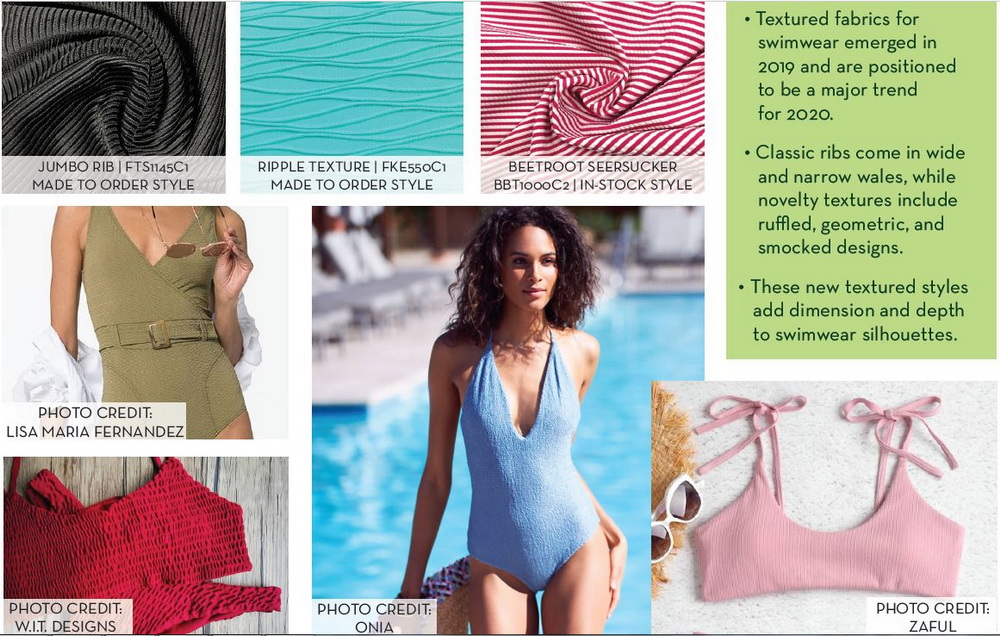
Popular Blends in Competitive Swimwear
Many competitive swimsuits are made from blends of these materials to optimize performance:
- Polyester-Spandex Blends: These offer the durability of polyester with the stretchiness of spandex. Ideal for both training and competition.
- Nylon-Spandex Blends: Commonly used in training suits due to their comfort and flexibility but may not last as long in chlorinated environments.
Performance Factors Influenced by Material
The choice of material not only affects the durability and comfort of swimwear but also plays a crucial role in overall performance. Here are some performance factors influenced by swimwear material:
Drag Reduction
Drag is one of the primary concerns for competitive swimmers. The smoother the surface of the swimsuit, the less drag it creates as the swimmer moves through water. Materials like polyester with hydrophobic finishes can reduce drag significantly compared to traditional fabrics.
Compression
Compression garments are designed to improve blood flow and reduce muscle fatigue during intense physical activity. Suits made with spandex or blended materials provide compression benefits that can enhance performance by supporting muscles during races.
Buoyancy
Some advanced swimwear incorporates buoyant materials that help swimmers maintain optimal body position in the water. This buoyancy can lead to improved speed and efficiency during races.
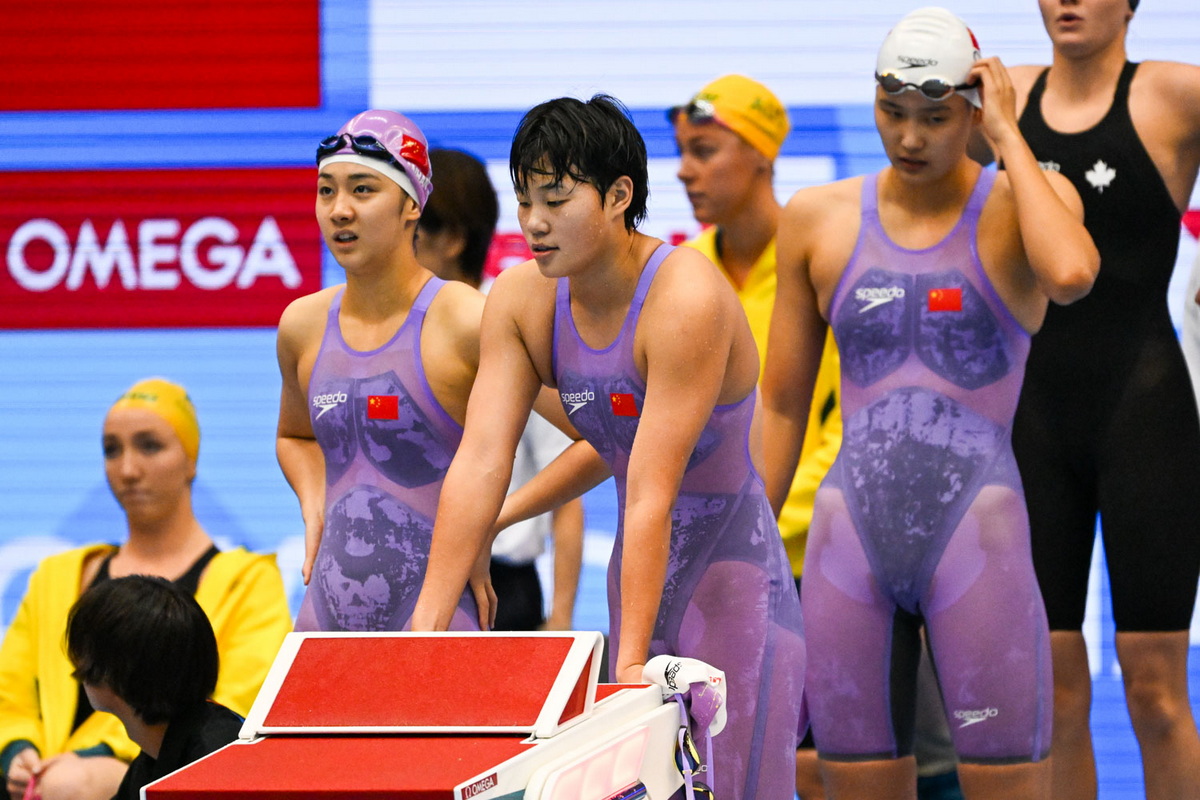
Maintenance Tips for Competitive Swimwear
To prolong the life of your competitive swimwear and maintain its performance characteristics, follow these maintenance tips:
- Rinse After Use: Always rinse your swimsuit in cold water immediately after swimming to remove chlorine or saltwater.
- Avoid Heat: Do not wring out or twist your swimsuit; instead, lay it flat on a towel to dry. Avoid using dryers or hanging it in direct sunlight as heat can damage elastic fibers.
- Use Mild Detergents: When washing your swimsuit, use mild detergents specifically designed for swimwear. Avoid bleach or fabric softeners as they can degrade fabric quality.
Innovations in Swimwear Technology
Recent advancements in swimwear technology have introduced innovative designs aimed at enhancing performance:
- 3D Knitting Technology: Some brands now use 3D knitting techniques that allow for seamless construction of swimsuits. This technology reduces chafing and improves comfort while maintaining optimal fit.
- Smart Fabrics: Emerging technologies are integrating smart fabrics into swimsuits that can monitor biometric data such as heart rate or body temperature during races. This data can help athletes optimize their performance strategies.
- Eco-Friendly Materials: As sustainability becomes increasingly important in sports apparel manufacturing, several companies are now producing swimsuits made from recycled plastics or eco-friendly materials without compromising on performance standards.
Conclusion
In summary, the best material for competitive swimwear largely depends on individual needs and preferences. Polyester stands out as the most durable option with excellent resistance to chlorine and UV rays. Nylon offers comfort but may fade faster under harsh conditions. Spandex provides superior stretch but requires careful maintenance due to its sensitivity to chlorine.
Choosing the right material involves considering factors such as frequency of use, type of swimming activity, and environmental conditions. With ongoing innovations in swimwear technology and design, athletes have access to a wide range of options tailored specifically for their needs.
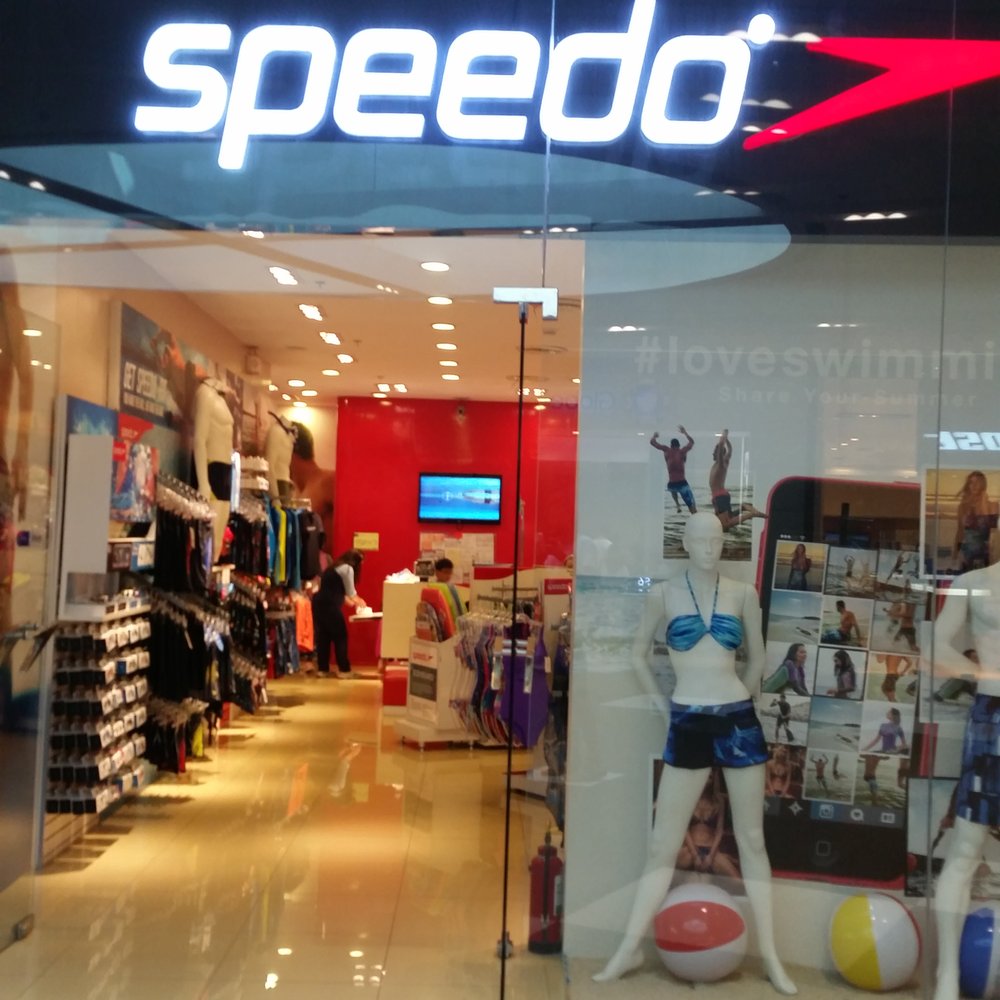
Frequently Asked Questions
1. What is the most durable material for competitive swimwear?
- Polyester is considered the most durable fabric due to its resistance to chlorine and UV rays.
2. Can I use spandex swimsuits for competitive swimming?
- Yes, but they are generally less durable than polyester suits and require more maintenance.
3. How often should I replace my competitive swimsuit?
- Depending on usage and care, it's advisable to replace your suit every 6 months to a year for optimal performance.
4. What should I look for in a training swimsuit?
- Look for a suit made from nylon or a polyester-spandex blend for comfort and durability during training sessions.
5. Are there eco-friendly options available?
- Yes, some brands offer eco-friendly swimwear made from recycled materials like recycled polyester.
Citations:
[1] https://affixapparel.com/blog/swimsuit-fabric/
[2] https://startmakingwaves.com/swim-gear-choosing-right-swimsuit-material/
[3] https://www.cheekychickadeestore.com/pages/best-swimsuit-materials
[4] https://swimswam.com/the-evolution-of-competitive-swimwear/
[5] https://www.youtube.com/watch?v=80k6jM5dnIc
[6] https://www.youtube.com/watch?v=2RRwKHkfSZU
[7] https://www.swimoutlet.com/blogs/guides/understanding-competition-swimsuit-fabrics
[8] https://watery.ie/blogs/waterylife/konkurrence-badetoj-en-begynderguide-til-det-rigtige
[9] https://baliswim.com/choosing-swimsuit-material-the-best-swimsuit-fabric-for-you/
[10] https://blog.djsports.com/2018/02/15/how-to-choose-a-competition-swimsuit-fabric/
[11] https://www.yourswimlog.com/best-tech-suits/
[12] https://www.iom3.org/resource/material-marvels--high-technology-swimwear.html
[13] https://www.youtube.com/watch?v=L5ux3nEv31k
[14] https://www.abelyfashion.com/which-fabric-is-common-for-making-swimwear.html




































































